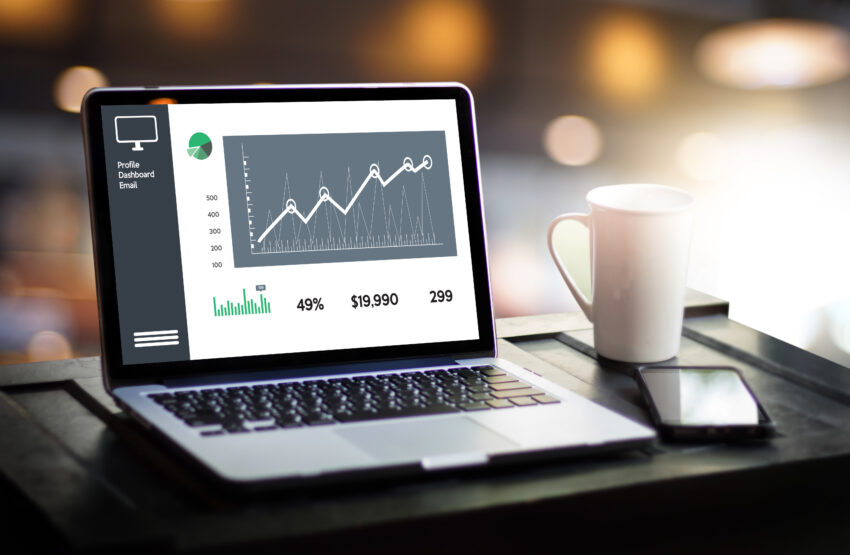The growth of your business relies significantly on accurate sales forecasting.
According to research, companies with accurate sales forecasts can increase their annual income by up to 10% and are 7.3% more likely to hit their sales goal and target.
Unfortunately, less than 20% of sales organizations have a 75% or greater forecast accuracy. Also, fewer than 50% of sales leaders and sellers have high confidence in their sales forecasting accuracy.
If you find it difficult to generate an accurate sales forecast for your business, this article provided a few tips to help improve your forecasting.
- Make The Most Out Of Your CRM
Forecasting works best as a team effort. A well-constructed forecast isn’t the byproduct of any single department’s contribution. It usually incorporates input from across the company. Collaboration can offer a new perspective to your forecasting process.
Different departments have their own expertise and insights to offer. By incorporating input from multiple departments in your company, you can achieve a more well-rounded forecasting process.
Ideally, your CRM software is going to be the central tool for storing and pulling data from your sales forecasts. It makes it easier for everyone to contribute data. Also, you can take advantage of the CRM sales forecasting feature that allows you to easily create a prediction report based on the different data in the software.
- Clean Your Data
Perhaps one of the most significant reasons why your sales forecast is inaccurate is because of bad data. After all, you can’t expect to get an accurate prediction if your data isn’t accurate, to begin with.
So, before whipping up a forecast, make sure to clean up your data. Then, clearly define the stages of your sales processes. You need to have an objective exit and entry criteria for every stage based on your customer actions. This will help salespeople to accurately place each opportunity at the correct stage.
Consider training your team and reinforcing the accurate use of exit and entry criteria in order to keep the data clean. In addition, opportunities that stay in your sales pipeline past their expiry date can result in bloated forecasts.
So, to prevent an opportunity from sitting in the pipeline for too long, you need to define the time limit for every stage. This way, any overdue opportunity can be removed and not added into the forecast.
- Take Advantage Of Historical Data
If you have the sales data from the previous year, then put it to good use. Your historical sales figures are a great starting point when creating a new sales forecast for next year.
Your past sales aren’t always good predictors of future performance. You might expand into new markets, release new products, or face increasing competition. That said, historical data can serve as a solid base or foundation on which you can stand as you weigh in more unpredictable factors that can decrease or increase your sales in the upcoming years.
- Think Of What Ifs
Businesses often fail to plan for new sets of data they need to monitor and overlook qualitative data. Rather than constantly looking at the same numbers and having bold predictions, you really need to ask the ‘what if’ questions. These questions can be answered once more data is collected.
Qualitative questions paired with quantitative monitoring can help you better understand your business and make well-informed and smarter decisions.
- Include External Data
By default, your sales forecasting often relies on your internal past data. However, it doesn’t mean you should limit your data source. Adding external factors into your forecasting model can help you create more realistic forecasts.
For instance, did a competitor recently upgrade their services or products? Is your niche market expanding? Is there a new competitor at play? These external factors can have a significant effect on your business and your sales, so consider adding these to your forecasting process.
Take note, however, that you’ll need to be careful when including external situations into your model. Using reliable data sources such as PEW Research Center and Statista can help keep this part of your forecasting accuracy.
Takeaway
Whether you’re still trying to better understand how to do a forecast or you’ve been trained and mastered the art of sales forecasting, accurately predicting sales forecasts isn’t always a clear-cut process.
Accurate forecasting is challenging, but it isn’t impossible. By following the above tips, you can significantly improve the prediction accuracy that you can use for growing and pushing your business to success. Consider the ideas mentioned here as you plan and prepare.


